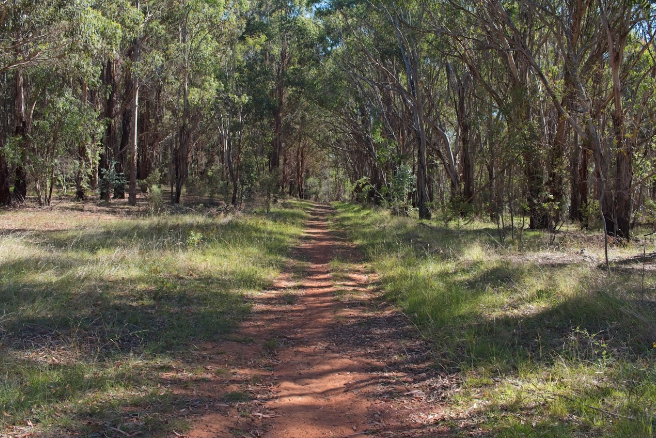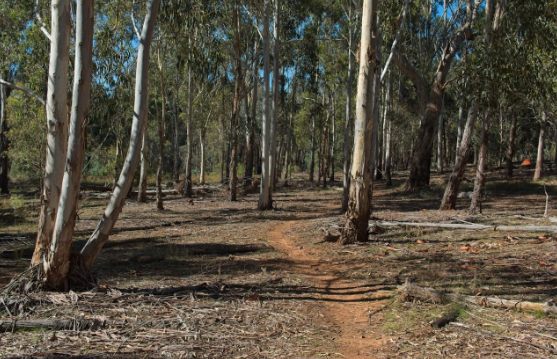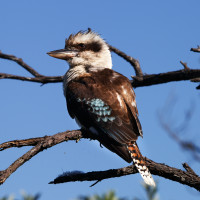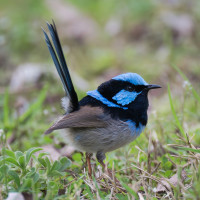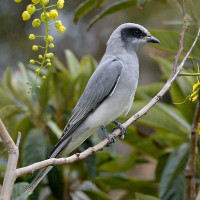Beschreibung
Lyneham Ridge in Canberra is a large area with over 100 acres of urban forest, featuring mature gum trees, wattles, and wildflowers. The landscape includes open woodlands and thicker areas, creating different habitats for birdlife.
Over 102 bird species have been sighted at Lyneham Ridge. Among the birds in the open woodland area are the Crimson Rosella and Eastern Rosella, Red-browed Finch, huge numbers of Sulphur-crested Cockatoo, and Grey Butcherbird. High numbers of smaller birds can often be found in the canopies or mixed feeding flocks (MFFs), including Buff-rumped Thornbill, Yellow-rumped Thornbill, Brown Thornbill, Yellow Thornbill, Weebill, Silvereye, Superb Fairywren, Scarlet Robin, and both Spotted Pardalote and Striated Pardalote. This area is also a great spot for good numbers of White-winged Chough, both species of Currawongs - Pied Currawong and Grey Currawong, and serves as a breeding ground for the Little Eagle. Migratory birds include Pacific Koel, Sacred Kingfisher, Dollarbird and less common cuckoo species (including one sighting of a Sahul Brush Cuckoo). Lastly, a small dam in the northern area is present but with minimal species but the frequent Pacific Black Duck, Dusky Moorhen, and Little Pied Cormorant. For a more complete overview, see the bird list below.
Details
Zugang
Lyneham Ridge is located in the suburb of Lyneham in Canberra, offering several access points for visitors. One entry point is from Lewers Close, where you'll find minimal street parking available. There are also a few entrances off the nearby street roads but it's not clear if there is any off-street parking. Alternatively, the easiest way you can enter is from Ellenborough Street, either directly or across from the Kaleen Horse Paddocks, where there is more ample parking. For those using public transport, several bus routes service the area, making it easy to reach without a car.
The best way to explore the ridge is on foot. The trail is approximately 3.5 kilometres long and features well-maintained paths. Expect to spend about one to one and a half hours walking the trail.
